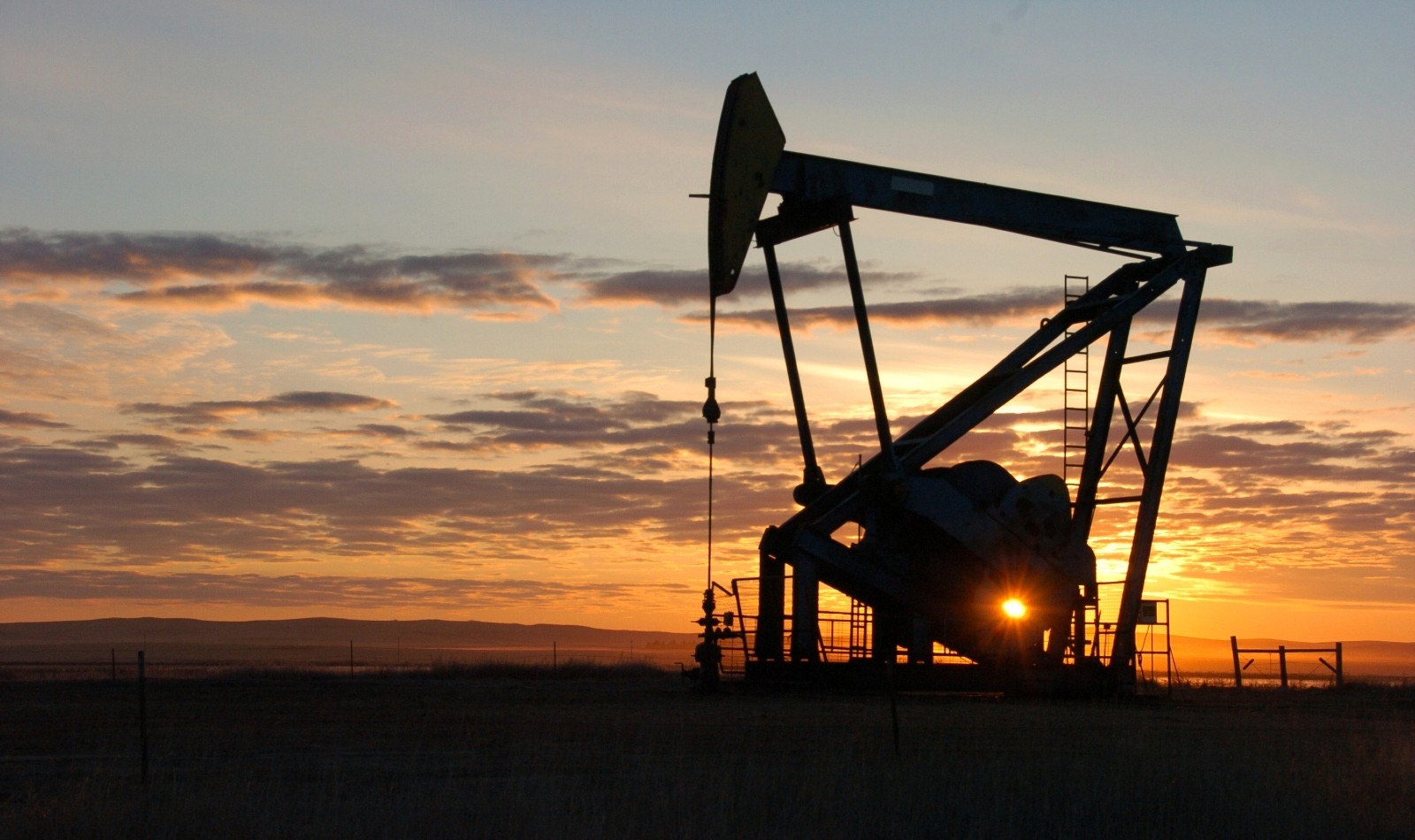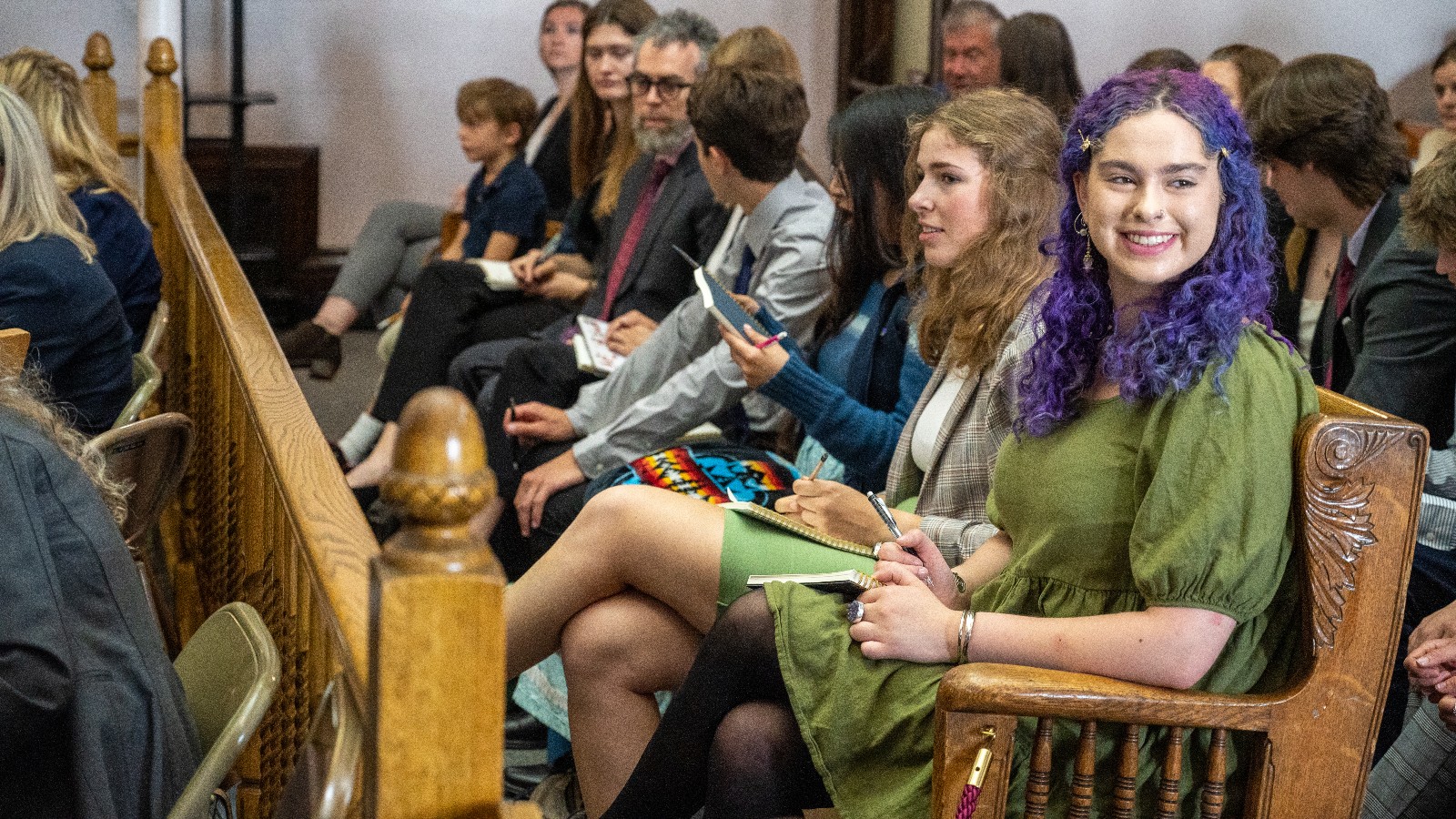After three years, a climate lawsuit brought by 16 young people against the state of Montana has come to a stunning close. On Monday, a Montana district court judge ruled that the state government’s energy permitting policies violated the youth plaintiffs’ right to a healthy environment, which is enshrined in Montana’s state constitution.
The ruling did not compel the state to take specific actions to reduce greenhouse gas emissions or fossil fuel production. But climate law experts say the verdict marks a monumental step forward for an emerging — and rapidly growing — body of climate litigation. By directly linking the state’s energy policies and resulting greenhouse gas emissions to the harms endured by young people, the decision established a strong legal argument that could be a model for other climate cases.
“The core logic of this case is going to arise again and again,” Sandra Nichols Thiam, an attorney and the director of the Environmental Law Institute’s climate judiciary project, told Grist.
Over more than a hundred pages, District Judge Kathy Seeley laid out an unusually detailed finding of the state’s wrongdoing and its impacts on the mental health, physical health, and cultural resources of the youth plaintiffs. Seeley zeroed in on a provision in the Montana Environmental Policy Act, the state law that governs permitting of major infrastructure and energy projects, that explicitly prevented state agencies from considering greenhouse gas emissions when evaluating projects. The court resoundingly concluded that by not accounting for the climate impacts of its actions, the state of Montana — a major producer of coal, oil, and gas — directly harmed the plaintiffs.
“The state’s actions exacerbate anthropogenic climate change and cause further harms to Montana’s environment and its citizens, especially its youth,” Seeley wrote.
The ruling could especially bolster cases in states that, like Montana, enshrine environmental rights in their constitutions, said Michael Gerrard, faculty director at Columbia University’s Sabin Center for Climate Change Law. Currently, six states grant a constitutional right to a healthy environment, which protects access to clean air and water much as the U.S. Constitution protects freedom of speech and religion.
A climate lawsuit in Hawaiʻi going to trial next summer leans on the state’s constitutional right to a healthy environment. (The plaintiffs in both Held v. Montana and Nawahine v. the Hawaiʻi Department of Transportation are represented by the Oregon-based nonprofit Our Children’s Trust.) Gerrard said Montana’s finding that excess greenhouse gas emissions qualify as a breach of that fundamental right could easily be cited to strengthen legal arguments in Hawai‘i’s and similar constitutional cases. Plaintiffs could also use the ruling as a model for clarifying a specific government’s role in worsening the climate crisis.

“What’s really important that the judge did here is say that a state’s contribution to greenhouse gas emissions is globally important,” said Gail Evans, an attorney at the Center for Biological Diversity and lead counsel on a climate lawsuit in New Mexico. That case targets a clause in the state constitution that directs the government to control pollution and protect clean air and water, which Evans argues guarantees the right to a healthy environment. Plaintiffs in the New Mexico case say their state government failed to fulfill its constitutional duty when it authorized record levels of oil production in the Permian Basin.
But even in cases that don’t involve constitutional rights, the Held v. Montana decision could help provide a clear factual basis for establishing climate impacts and their harms, Thiam said. Evans noted that the judge’s affirmation of climate change’s effects on youth and Indigenous plaintiffs provides “a powerful example for other cases around the country.” Gerrard added that in particular, the case could be cited for its factual findings of the unique climate vulnerabilities of children and the mental health impacts of a degrading environment.
Yet the Held v. Montana verdict is not without its limitations. In their initial complaint, the plaintiffs asked the court to order the government to develop “a remedial plan” to reduce statewide emissions — a request the court dismissed. That’s a fairly predictable response, according to Gerrard, since courts typically evade questions that could be seen as more political or better handled by the legislature.
By declaring the state’s policy unconstitutional, the court essentially required the state of Montana to consider climate change impacts when permitting energy projects. But the court did not force the state to take any further measures to reduce greenhouse gas emissions, such as permitting fewer fossil fuel projects. Meanwhile, a spokesperson for the Montana state attorney general has stated that the office plans to appeal the case to Montana’s Supreme Court.
Thiam noted that for any emerging realm of environmental litigation, establishing key facts and securing greater wins in court takes time. Climate litigation worldwide has more than doubled over the last five years, with most cases brought in the U.S, according to a recent report by the United Nations Environment Programme and the Sabin Center on Climate Change Law. As the number of cases continues to grow, environmental law experts say we can expect to see more court victories.
“The ruling will be inspirational in the United States and globally,” said Gerrard. “We’ve seen that when there has been a successful decision, that can spark other cases around the world.”
This story has been updated to clarify New Mexico’s constitutional language.




